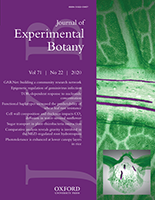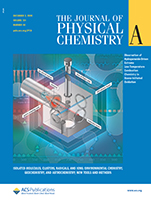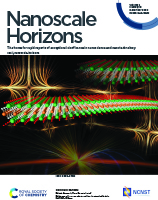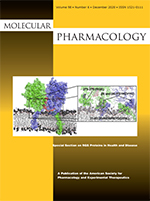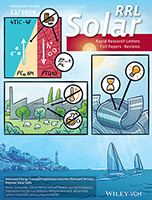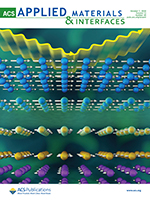Drought decreases water transport capacity of leaves and limits gas exchange, which involves reduced leaf hydraulic conductance (Kleaf) in both the xylem and outside-xylem pathways. We combined Kleaf and gas exchange measurements, micro-computed tomography of intact leaves, and spatially explicit modeling of the outside-xylem pathways to evaluate the role of vein embolism and Kleaf in the responses of two different grapevine cultivars to drought. Read more »
Journal Covers
Extreme Low-Temperature Combustion Chemistry: Ozone-Initiated Oxidation of Methyl Hexanoate
The accelerating effect of ozone on the oxidation of methyl hexanoate was probed with time-of-flight mass spectrometry. A new oxidation regime was observed at temperatures below the well-known low-temperature chemistry regime. The results indicate that the chemistry in this regime is initiated by thermal ozone dissociation and subsequent H abstraction from methyl hexanoate by O atoms. Read more »
Evidence of a magnetic transition in atomically thin Cr2TiC2Tx MXene
2D magnetic materials have recently attracted significant interest as model systems to understand low-dimensional magnetism and for potential spintronic applications. Here, we report on synthesis of Cr2TiC2Tx MXene and a detailed study of its magnetic as well as electronic properties. Read more »
Domain-Swap Dimerization of Acanthamoeba castellanii CYP51 and a Unique Mechanism of Inactivation by Isavuconazole
We investigated the mechanism of action of antifungal drugs in the human pathogen Acanthamoeba castellanii. We discovered that the enzyme target formed a dimer via an N-termini swap, whereas drug-bound AcCYP51 was monomeric. Cover image shows a molecular model of the AcCYP51 dimer in a phospholipid bilayer. Read more »
Balanced Charge Transport Optimizes Industry‐Relevant Ternary Polymer Solar Cells
In this article, Szymanski et al. develop novel, cost‐effective ternary polymer solar cells printed in semi‐industrial conditions from a relatively benign ink, which do not require any further processing. These solar cells show good stability and efficiency due to balanced charge-carrier mobilities achieved by optimizing the composition and morphology. Read more »
Rational Design of a Uranyl Metal–Organic Framework for the Capture and Colorimetric Detection of Organic Dyes
Diffraction data for a new uranyl-containing metal–organic framework reveals a structure of interpenetrating 3D nets with large pores. The material is stable in aqueous media and due to the large void space (constituting 76% of the unit cell by volume) can sequester organic dyes, the uptake of which induces a visible change to the color of the material. Read more »
Design and synthesis of high performance flexible and green supercapacitors made of manganese‐dioxide‐decorated alkali lignin
Researchers synthesized a plant‐based composite electrode for use in flexible supercapacitors and used synchrotron x‐ray microtomography to better understand the impact of microstructure and morphology on electrode porosity and electrical conductance. Read more »
Magneto-structural studies of an unusual [MnIIIMnIIGdIII(OR)4]4− partial cubane from 2,2′-bis-p–tBu-calix[4]arene
TBC[4] is a molecular framework that has proven to be a highly versatile ligand for the synthesis of a breadth of polymetallic transition metal, lanthanide metal, and 3d–4f complexes. We outline the synthesis, structure and magnetic behaviour of a new bis-TBC[4]-supported complex, together with theoretical magneto-structural studies examining the exchange interactions. Read more »
Controlling Magnetization Vector Depth Profiles of La0.7Sr0.3CoO3/La0.7Sr0.3MnO3 Exchange Spring Bilayers via Interface Reconstruction
Polarized neutron reflectometry was combined with soft x-ray magnetic spectroscopy to quantify the changes in the magnetic and chemical depth profiles in La0.7Sr0.3CoO3/La0.7Sr0.3MnO3 bilayers, confirming the formation of interfacial layers with distinct magnetization and chemical density. Read more »
Targeting the trypanosome kinetochore with CLK1 protein kinase inhibitors
Saldivia et al. identify CLK1 as the target for the amidobenzimidazoles series of compounds. Inhibition of this protein kinase impairs inner kinetochore recruitment, causing cell-cycle arrest and cell death in trypanosomal pathogens such as Trypanosoma brucei. Read more »
- « Previous Page
- 1
- …
- 10
- 11
- 12
- 13
- 14
- …
- 21
- Next Page »
